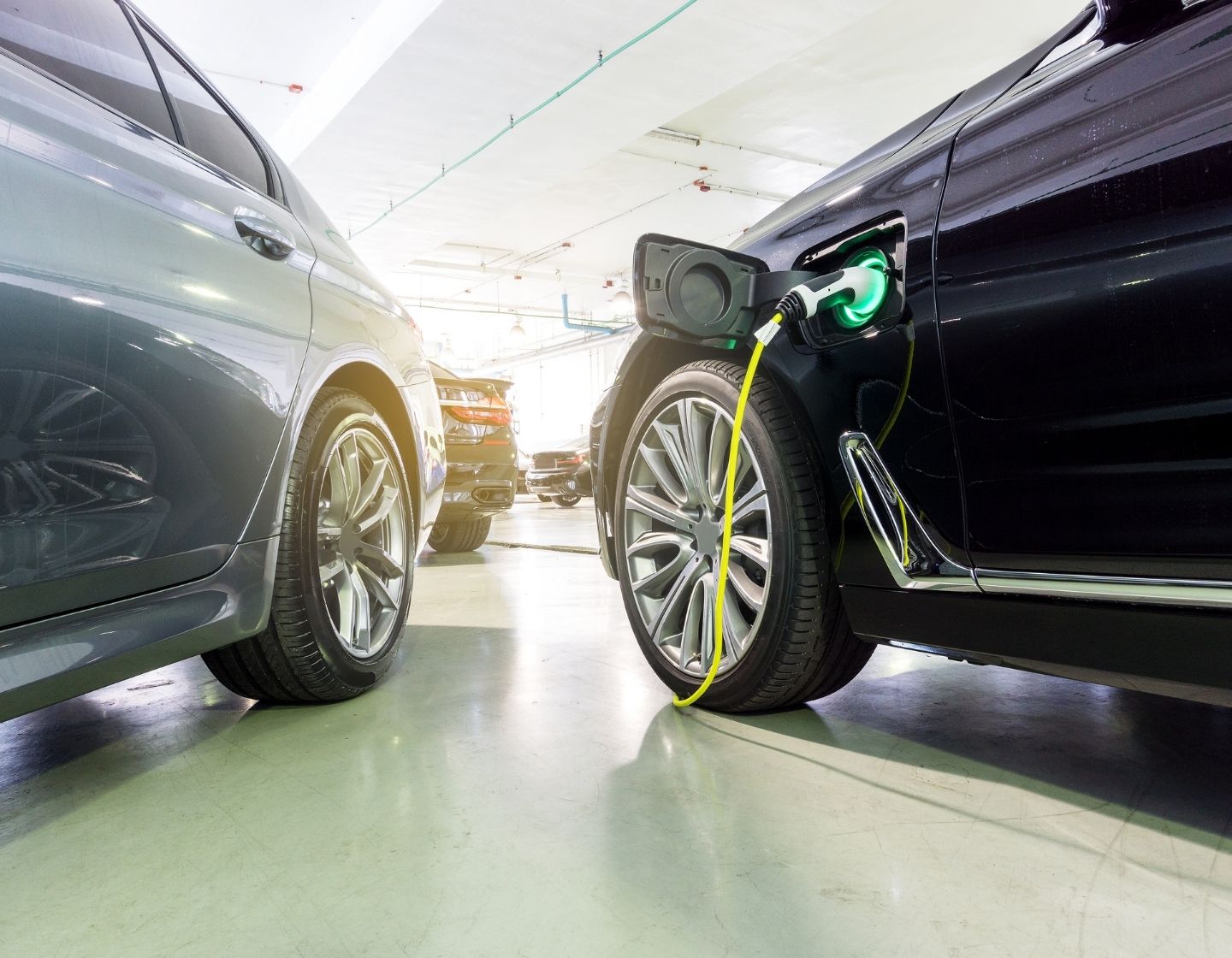Amazing sustainable materials to make the truly eco-friendly EV
Electric vehicle sales have reached record levels in the past month and the move to clean, green transport is unstoppable – but how can we ensure the EVs we buy are really eco-friendly?
Crazy prices for petrol and diesel have spurred the move to electric vehicles and fossil fuels don’t look like becoming cheaper anytime soon (like, never!). It makes so much sense to invest in an EV , with the cost of ownership over the lifetime of the vehicle much cheaper than internal combustion engine (ICE) models. Even with recent electricity price rises, the fuel costs are cheaper too.
EVs are a cleaner form of transport, even if the electricity is produced with fossil fuels but massively better for the environment when the electricity is from renewable sources like wind. Balanced against that on the carbon scales is the fact that EV manufacture can produce more emissions than ICE vehicles.
Looking at the total manufacturing process, there are thousands of products and parts used to produce an EV. The big car companies aren’t ignoring this and are looking at ways to use materials that cause less damage to the environment.
Vegan EV
The global carmakers are all focused on ramping up EV production, including BMW, Honda, Nissan, Mazda, Ford, Volvo and GM. Jaguar plans to be all electric by 2030. And Tesla is being joined in the pure electric market by start-ups like Lucid, Rivian, and Fisker.
And they are working on going vegan too. The smell of real leather interiors that signalled a top quality vehicle is being replaced by vegan leather, which is produced from non-animal sources. These materials closely mirror the look and feel of animal hide, without the suffering, CO2 emissions and other environmental costs of cattle farming.
There is faux suede leather Pinatex, which is produced from pineapple leaf fibre. The process uses the 25 million tons of pineapple leaves harvested annually that would otherwise be burnt or left to rot. It’s a quarter of the weight of real leather and over 30% cheaper. It’s used to make floor mats in cars and the aim is to use it for upholstery too.
Polestar’s Head of Sustainability, Fredrika Klarén told The Next Web that the car company was being mindful about how it incorporated materials into its EV. It is committed to stop using animal-derived leather in its cars by 2025.
She said:
“Materials are at the heart of our sustainability work. That’s where the environmental and social impact comes from — the use and the processing of materials.”
We’ve often said at SaveMoneyCutCarbon that being eco-friendly should have nothing to do with having to wear a hair shirt and a glum look. Sustainability, style and a light fun touch are the way forward.

Cork for the climate
Car makers are also choosing to work with sustainable materials like cork. It’s from the bark of the Quercus subera tree, and the producers harvest the outside layer of the trunk, usually every 9–12 years.
Cork is being used in place of wood or plastic for door panels and the central console, as well as design flourishes on gearboxes and armrests, which conveys a classy rugged look, hinting at healthy outdoor and camping lifestyles.
The auto makers are all seeing how they also use bio-based materials, for example, cellulose fibres from plants for cushions and seats. It’s a big eco plus-point as these replace polyurethane foam while offering greater comfort.
Some car companies are encouraging their designers to look at the bigger picture, trying out more adventurous materials and techniques, like using sustainably-sourced flax to reinforce vehicle bumpers.
Crustacean shells
Even more adventurous, some car design teams have started to utilise biodegradable chitin, a material derived from crustacean shells. They’re also adopting materials from foodstuffs, like using modified tomato skins in suspension bushing and car hoses.
Other car makers are experimenting with coffee chaff – a waste product of the bean roasting process – to create lightweight and durable headlamps that are also energy-efficient.
Steel production makes a huge impact on climate with very high greenhouse gas emissions and comprises up to 60% of vehicle bodies, but Swedish steelmaker SSAB, with energy company Vattenfall and iron ore miner LKAB, have partnered to produce fossil fuel-free steel, replacing the coal used in the steelmaking process with green hydrogen derived from electrolysis.
Volvo recently marketed an industrial vehicle manufactured with the eco-steel and if the economics add up, the green steel could help to make a massive impact on car manufacturing emissions.
There is also extensive research into whether cellulose fibre could replace steel. The material is 20% of the weight, but 5 times stronger than steel, but it’s early days and there is some way to go yet before commercial production is feasible.
It’s a bit shocking to know that 50% of vehicle materials are derived from plastic but recycling is being enthusiastically embraced by the car industry. There are 300 million tonnes of plastic in global circulation annually, which also means rich availability of recyclable plastics to use in EVs, including dashboard material and bumpers.

Concept climate car
Experimental projects are also helping to seed the ground for green transport future. Engineering students in Eindhoven have developed a concept car using 100% recycled materials. The interior is made from unsorted household waste, the exterior from hard plastics in TVs and appliances, with seat cushions from coconut and horsehair. Again, early days but promising ideas.
Car companies are working hard to fully adopt circular design and this will transform the way we produce vehicles. With innovations like carpets produced from recycled fishing nets and solar roofs to charge vehicles on the go, manufacturers are moving from carbon-loaded supply-chain cycles to more savvy and sustainable methods.
Carmakers are working hard to embrace planet-friendly materials and their designers are developing new aesthetics that redefine what is seen as a premium material. At the same time, consumers are wary of green claims, so the industry must be transparent and honest about their innovations.
The goal is the net-zero emissions vehicle – one that combines style and comfort with pure green credentials. That would be a global winner for people and planet.
Need help with your move to EV? Call us on 0333 123 5464. Check out our EV charging range.

